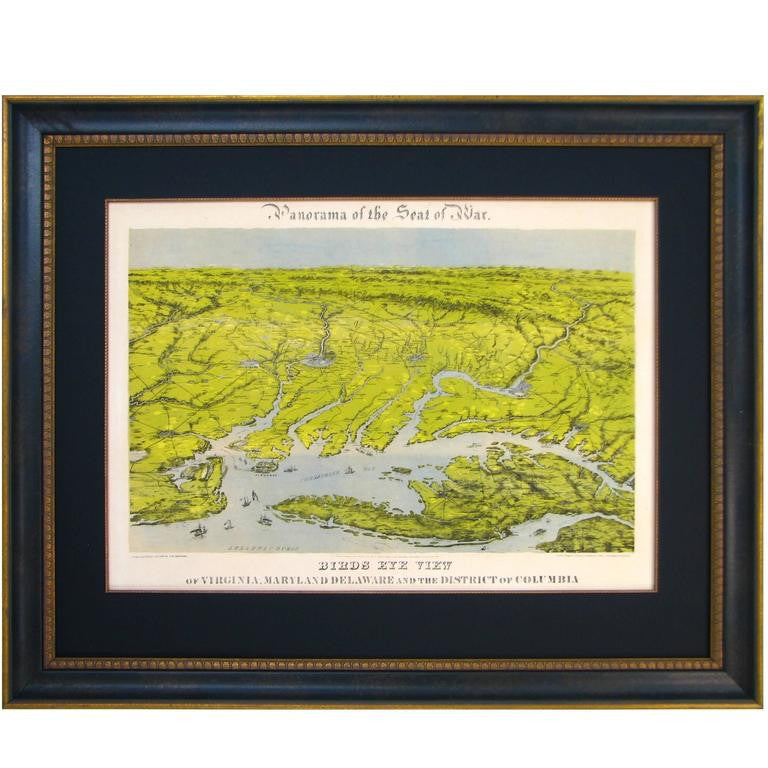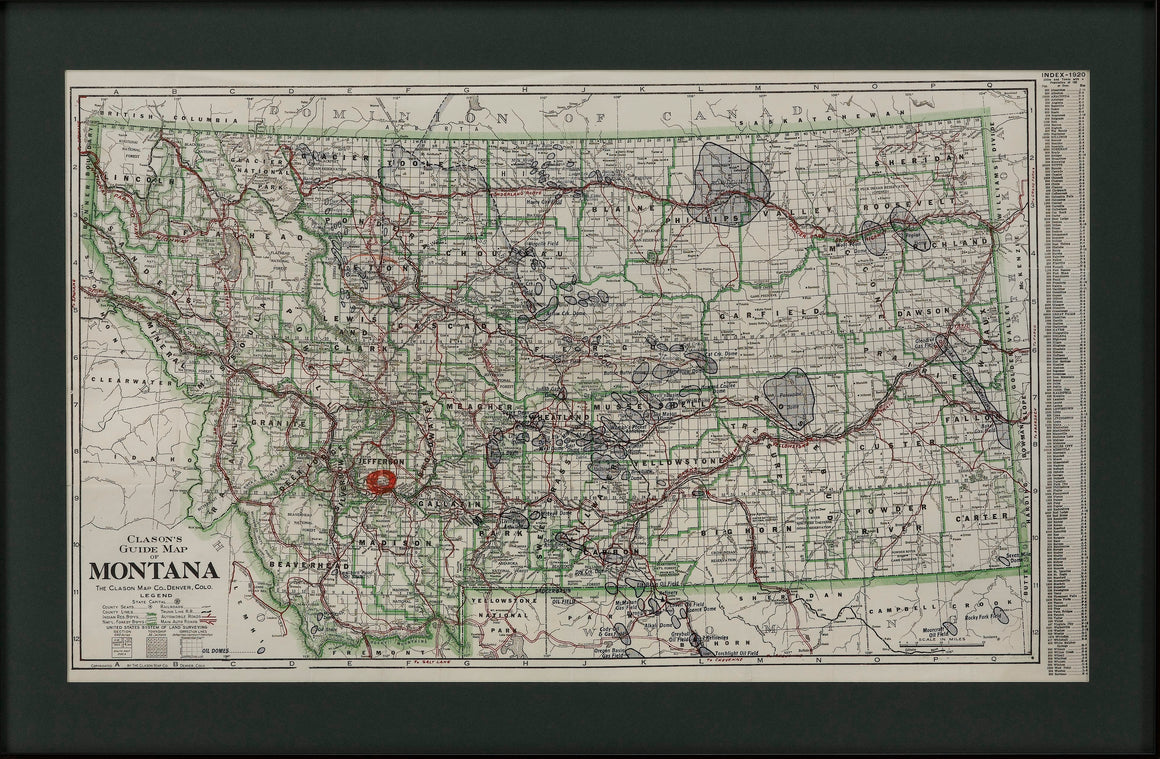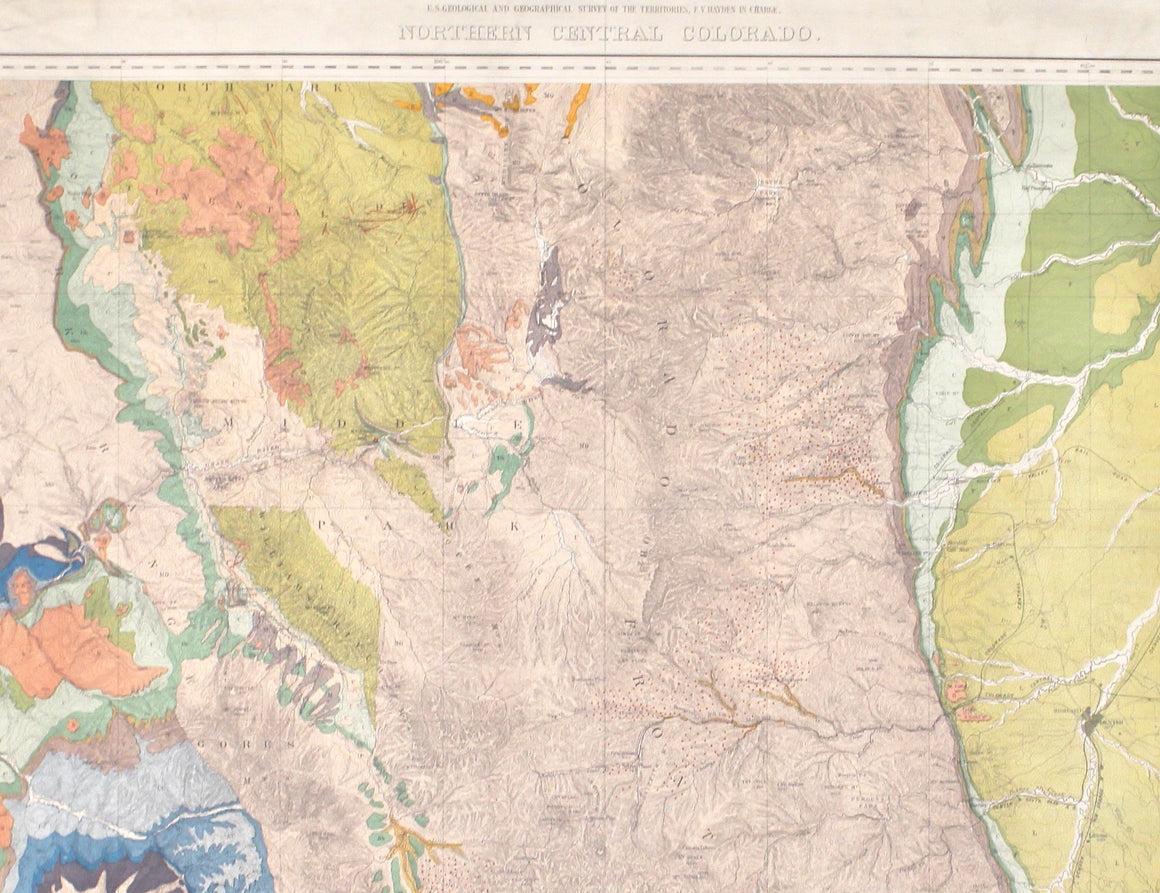Plan of the City of Washington after Andrew Ellicott, Early 19th Century
$12,500.00
By Andrew Ellicott (1754-1820) and Pierre Charles L'ENFANT (1754-1825). Plan of the City of Washington. Published by Thackara & Vallance, Philadelphia, 1792. Later impression printed on 19th century wove paper.
This is a fine 19th century map of the "official" plan of Washington, D.C. Printed by the original publishers, Thackara & Vallance in Philadelphia, this is a later printing of the fifth recorded engraving of the L’Enfant / Ellicott city plan. However, the first three issues of this city plan were in periodicals, making this later edition only the second separately-issued engraving of the plan. In full, the title reads, “Plan of the City of Washington in the Territory of Columbia, ceded by the States of Virginia and Maryland to the United States of America and by them established as the Seat of their Government after the year 1800.”
The national capital city is laid out according to a plan originally proposed by Pierre Charles L'Enfant and modified by Andrew Ellicott. L'Enfant was born in Paris, where he trained to be an architect. He came to America in 1777, and served under George Washington as an engineer during the Revolutionary War. In 1791, Washington asked L'Enfant to design the new capital city in the District of Columbia. However, trouble arose between the city and L'Enfant. The City Commissioner needed a finished, printed copy of the plan in order to sell building lots but L'Enfant worked slowly and released only incomplete plans, and proved to be quite obstinate. On instruction from President Washington, Thomas Jefferson on February 27, 1792 wrote a letter to L'Enfant dismissing him as city planner and assigned Andrew Ellicot the project. Trained as a mathematician and surveyor, Ellicott had previously conducted a full survey of the city in 1791, and was an obvious pick for L'Enfant's replacement. Ellicott made several changes to L'Enfant's original plan including the alignment of Massachusetts Avenue, reworked some short radial avenues, and named the streets. A few months later Ellicott, like L'Enfant, found himself at odds with the Commissioners and resigned from the project.
The authority to establish a federal capital was provided in Article One, Section 8, of the United States Constitution, which permits a "District (not exceeding ten miles square) as may, by cession of particular states, and the acceptance of Congress, become the seat of the government of the United States." James Madison explained the need for a federal district on January 23, 1788 in the Federalist No. 43, arguing that the national capital needed to be distinct from the states, in order to provide for its own maintenance and safety. The Constitution, however, does not specify a location for the new capital. In what later became known as the Compromise of 1790, Madison, Alexander Hamilton, and Thomas Jefferson came to an agreement that the federal government would assume war debt carried by the states, on the condition that the new national capital would be located in the South. On July 16, 1790, the Residence Act provided for a new permanent capital to be located on the Potomac River, the exact area to be selected by President Washington. Both Maryland and Virginia ceded portions of their territory to form the new capital, and a new 'federal city' was constructed on the north bank of the Potomac. On September 9, 1791, the federal city was named in honor of George Washington and the district was named the Territory of Columbia.
CONDITION:
Overall very good condition. This early 19th century print of the original plan of the city of Washington is printed on 19th century wove paper. The map has one faintly discolored area to the left of the “Breadth of Streets” description, however, it does not detract from the overall appearance. Otherwise, it exhibits no evidence of damage. The map has been beautifully framed according to archival standards with acid-free matting and UV protective glass.
Framed dimensions: 36" H x 43 1/2" W x 3" D
Share:
Related Items
Antiques
American-Made Goods
News & Updates
Sign up to get the latest on sales, new releases and more …
© 2024 The Great Republic. All Right Reserved.















